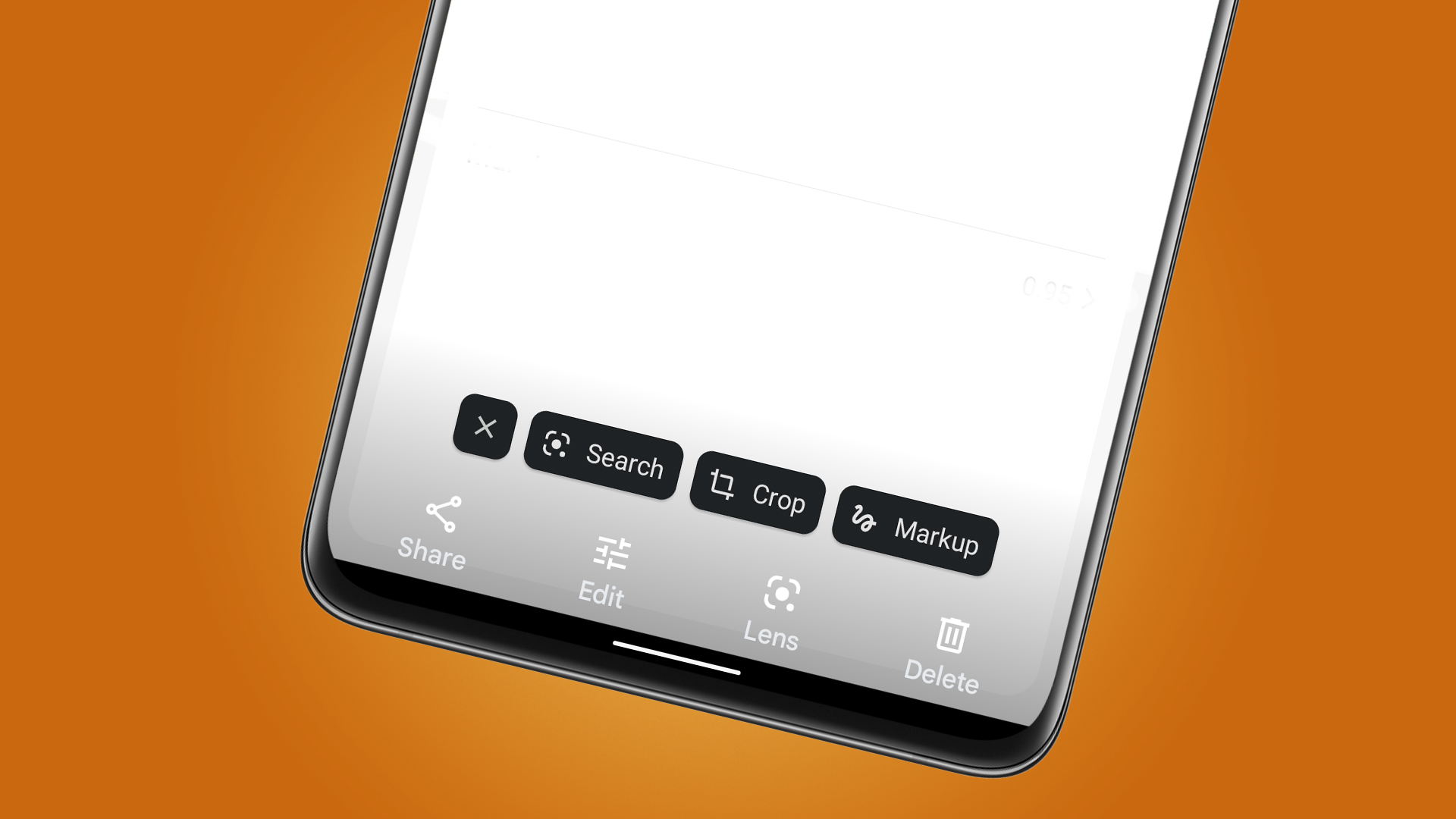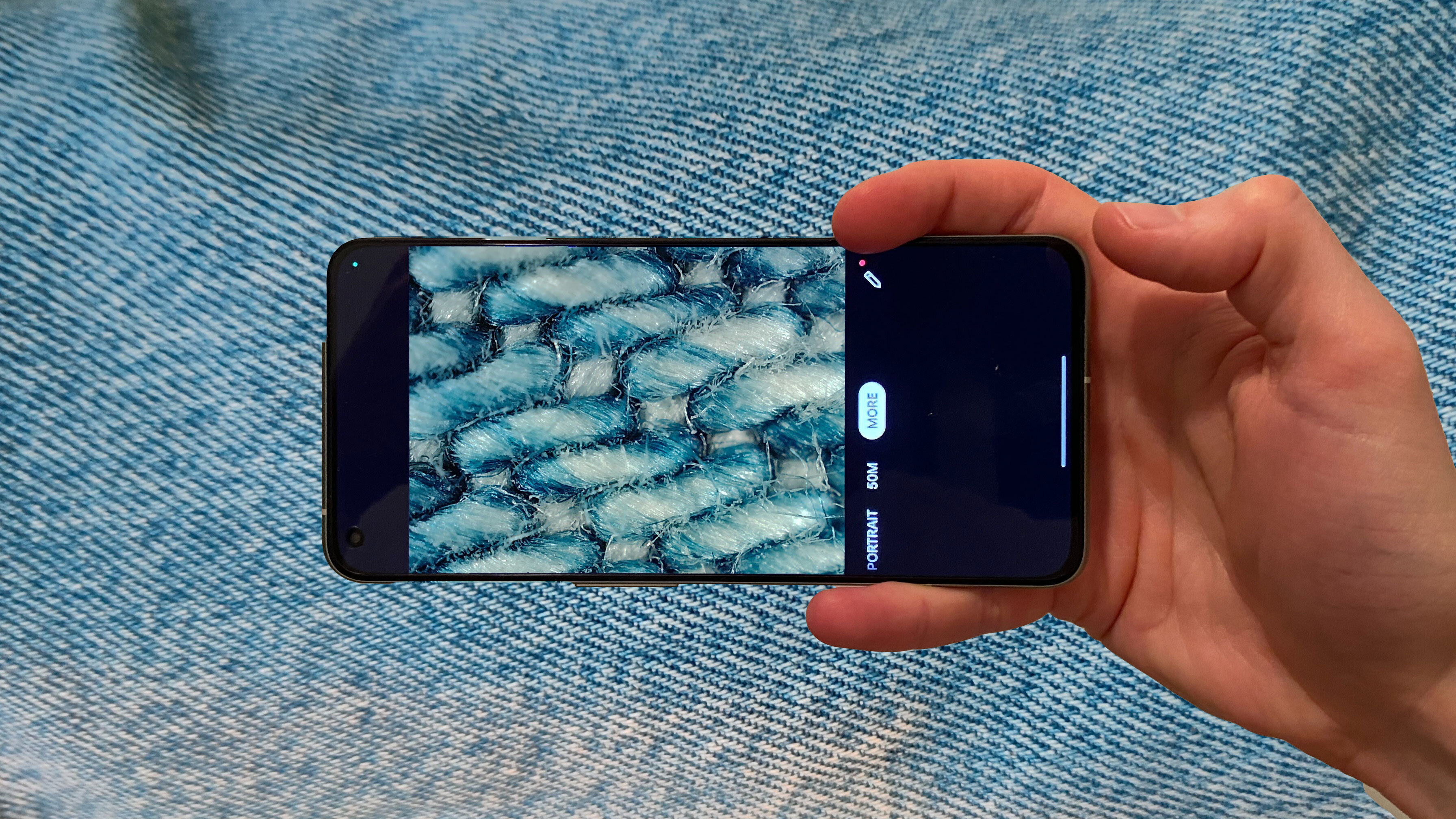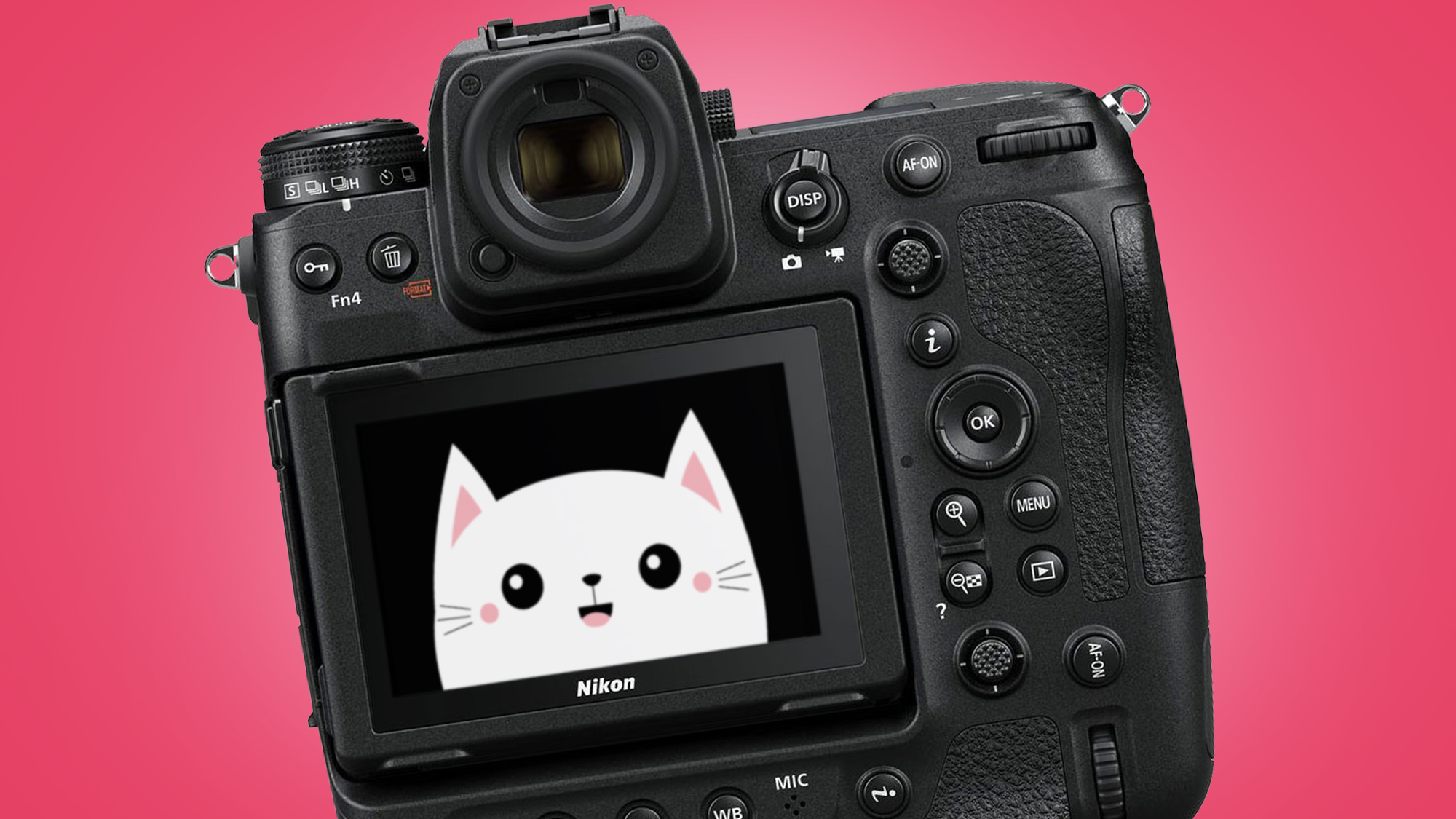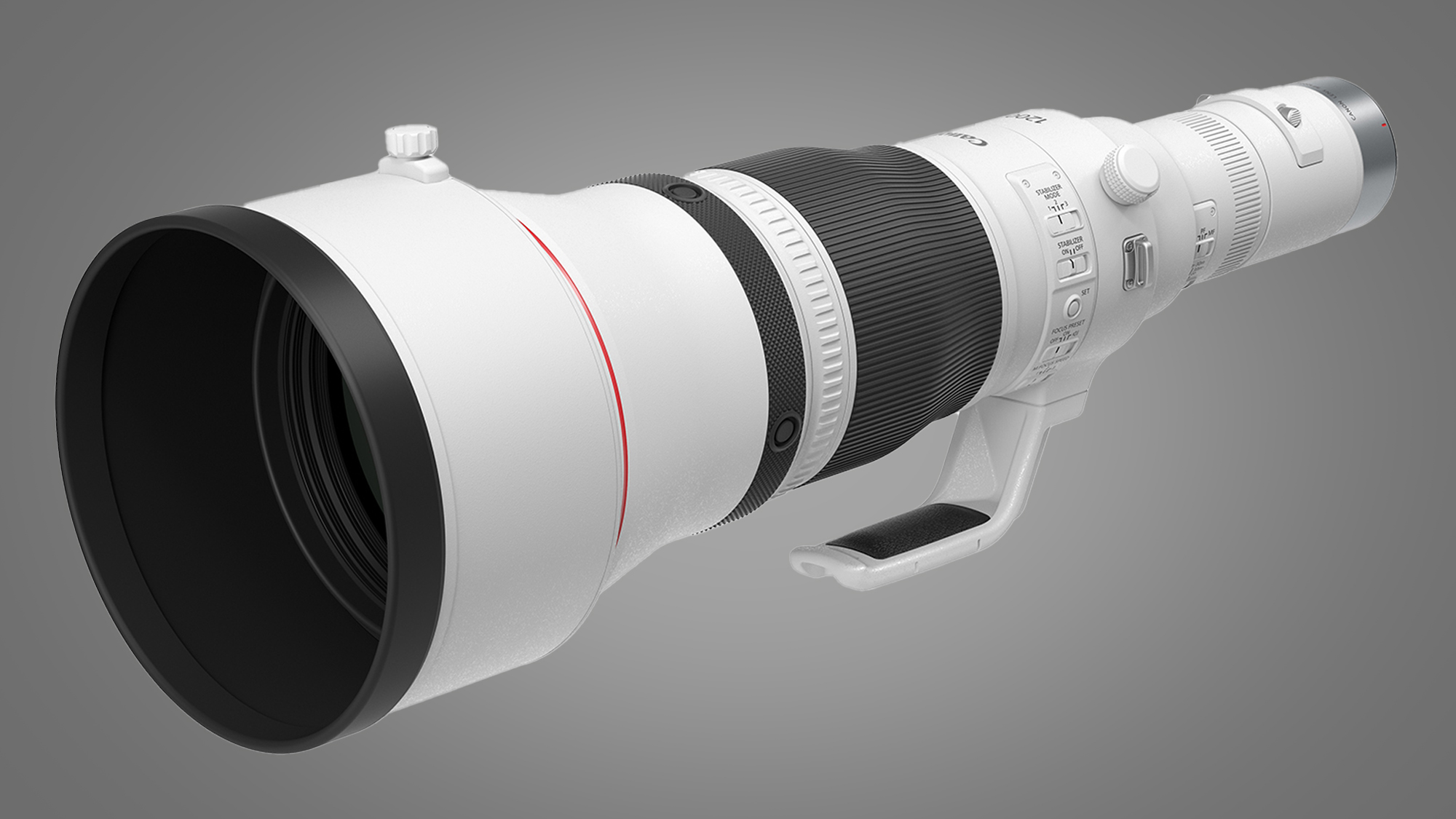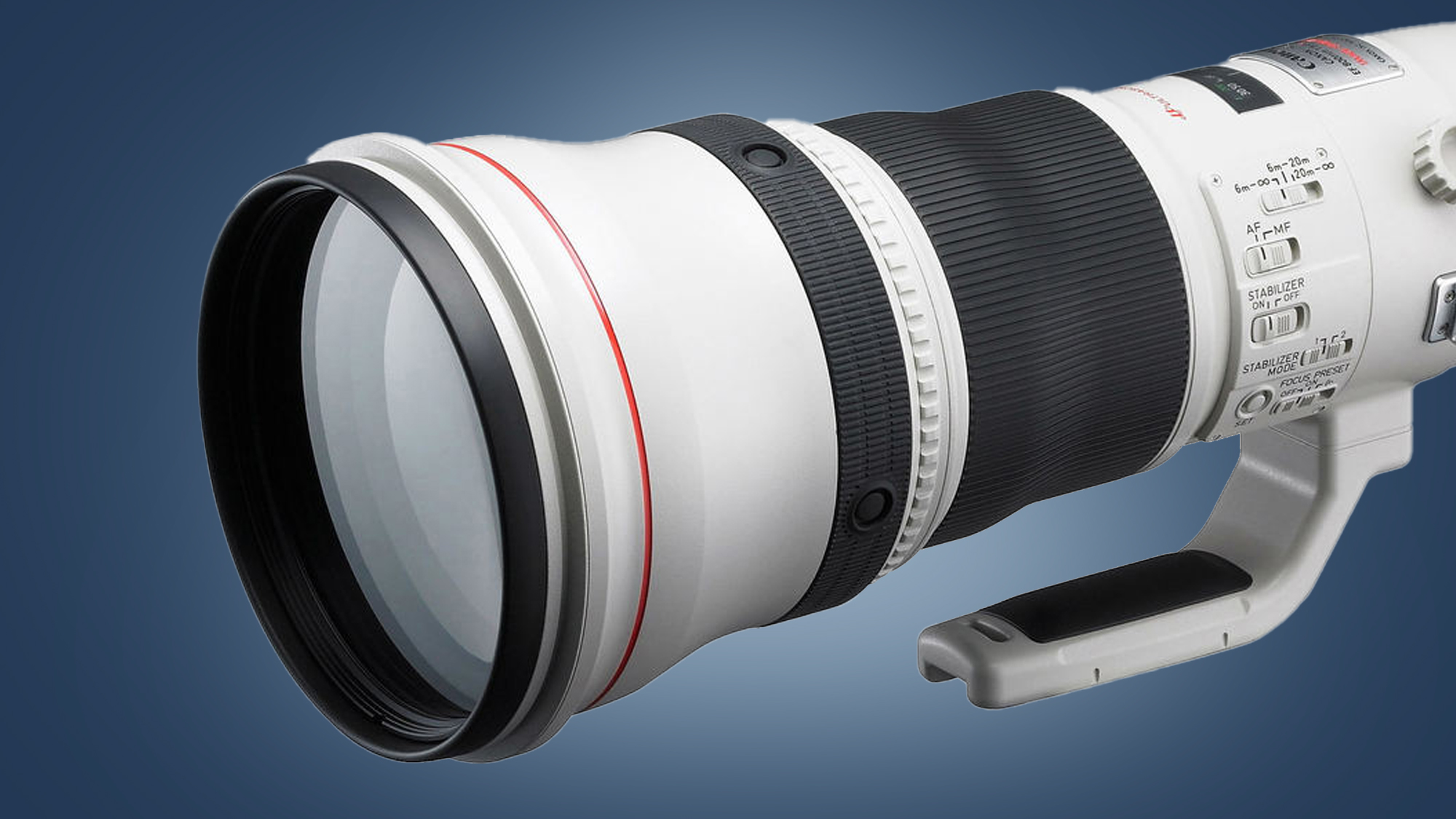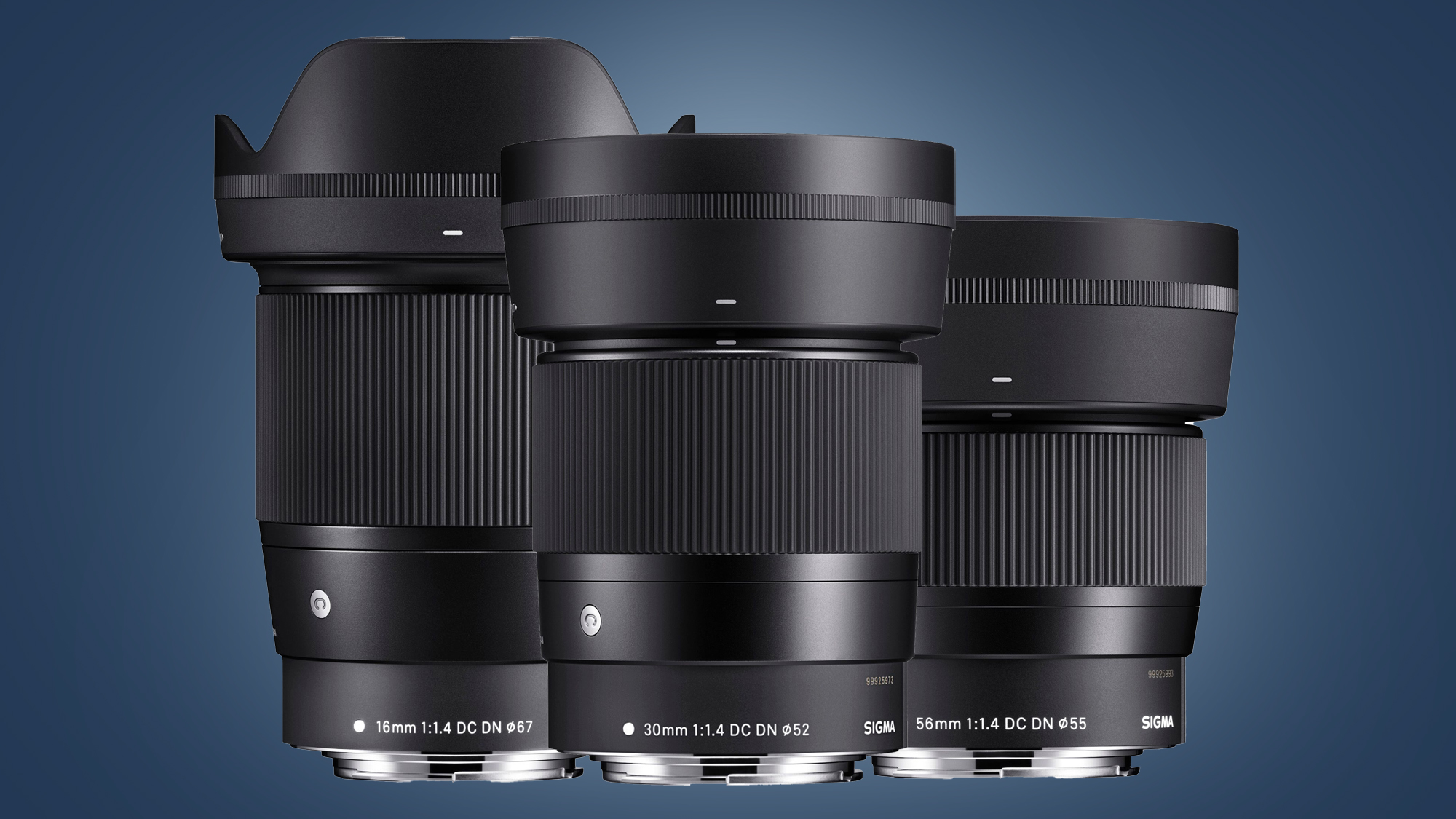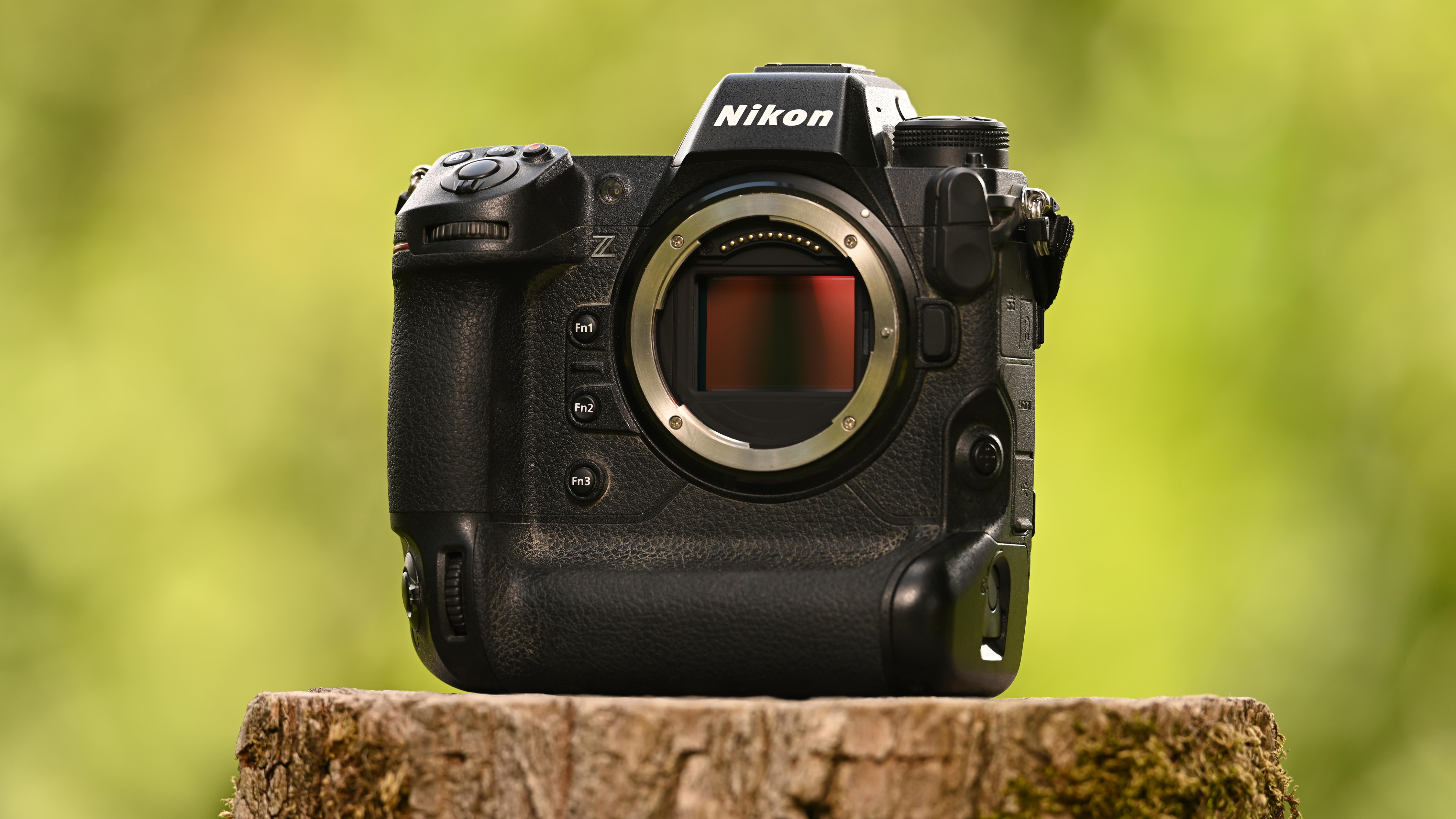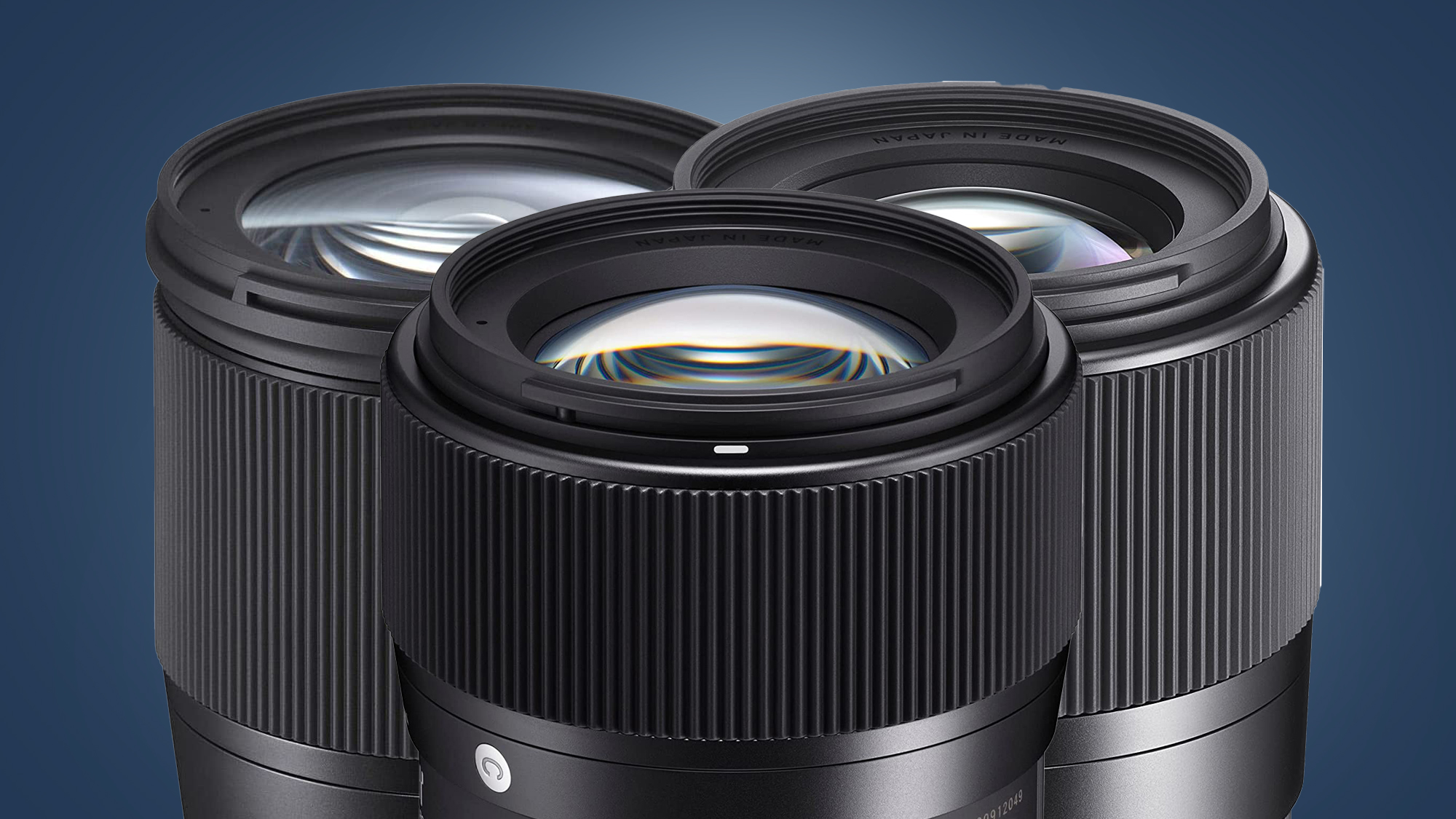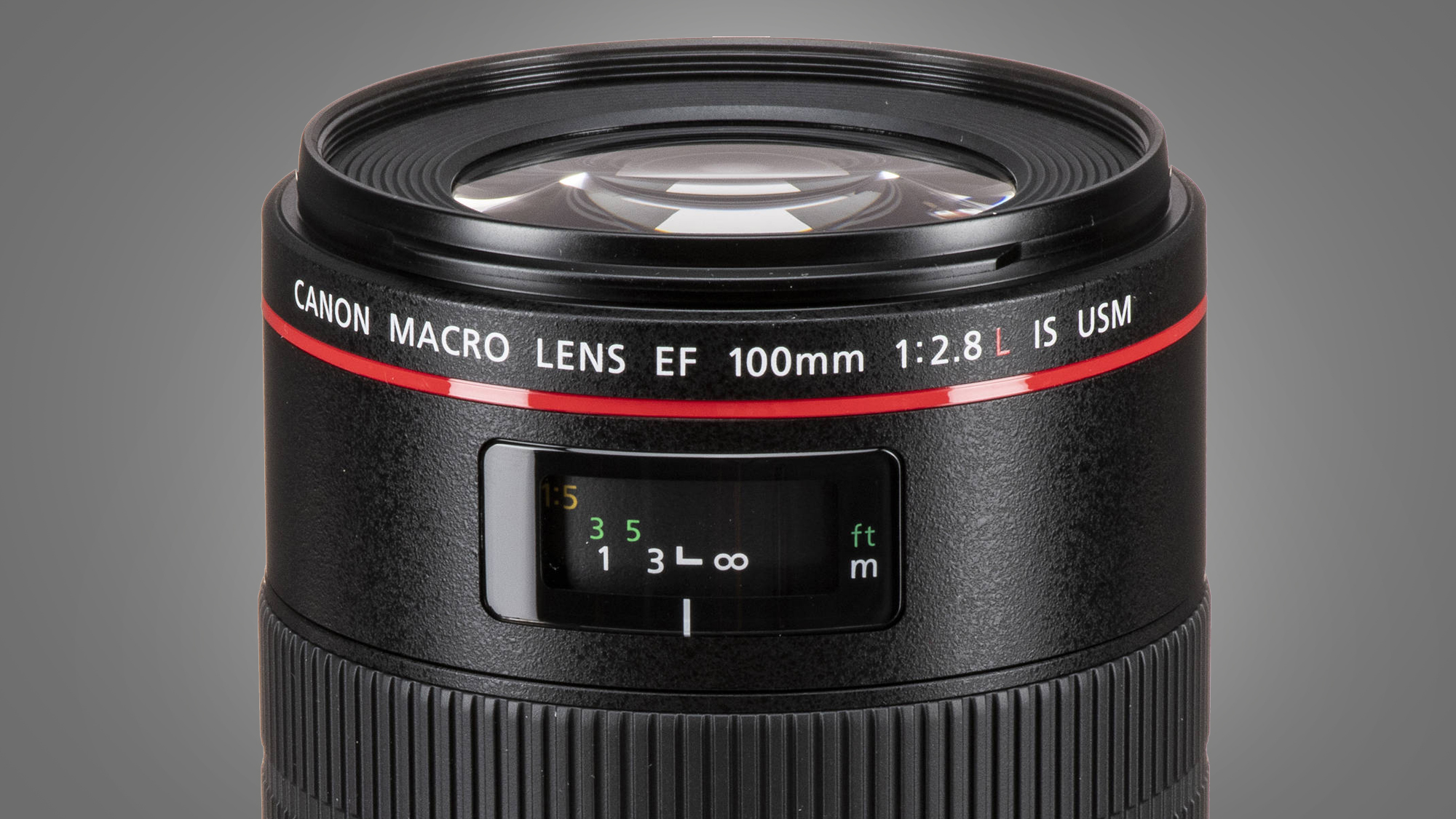Reviews

Rotolight AEOS 2 and NEO 3 review
DPReview Latest |
There are many reasons LED lights are becoming more and more popular with both stills and movie photographers. Initially, the attraction was the much lower power consumption and the significantly lower operating temperatures when compared to traditional continuous lighting.
Then came the ability to vary the warmth of the output between cooler-than-daylight to warmer-than-tungsten, which drew plenty of attention too. In the more recent stages of their evolution, LED lights are adding primary-color LEDs to produce a wider range of hues of light so we can dispense with packs of gels and just dial-in the shades we want.
The downside of LEDs has always been that it’s hard to make them powerful enough to match the range of applications that traditional light sources could cover, but with improved noise performance in cameras and much more useable high ISO settings, perhaps that doesn’t matter so much these days.
 |
| The Rotolight AEOS 2 is the larger of the two new RGBWW LED heads, displaying its ability to produce interesting colors. |
The latest updates from Rotolight in the company’s AEOS and NEO ranges bring red, green and blue LEDs to the Cool and Warm White LEDs the company used in the previous incarnations to offer users a broad palette of colors to play with. Alongside this development, the company tells us the total output of each head has been boosted to a dramatic degree, giving us the flexibility to create a theoretical 16.7 million different colors with a new intensity of brightness. And as these lights are built to serve as flash heads alongside their continuous light source duties, we can now flash in 16.7 million different colors too.
 |
| The Rotolight NEO 3 is a smaller LED light that is of an appropriate size to sit on top of your cameras as well as on a stand. |
If you’re not familiar with these Rotolight models, the NEO 3 is the third generation small, portable head that is often described as an on-camera light. The action area measures about 14cm/5.5 inches in diameter. Without the battery, it weighs 390g/14oz, and with one, it weighs 580g/20.5oz – though considering it without the battery is a bit meaningless as you will rarely be holding it during use without the battery attached.
 |
| When used bare, these heads display an array of LEDs arranged in a circular pattern. It is possible to see hints of the different colors within each little group of LEDs |
The AEOS is a much bigger version of the same head and measures 26cm /10.5 inches across the lit area and weighs 1.4kg/3lbs – without the battery. The weight with a battery depends on the battery you use, but the review unit came with Rotolight’s own V-lock 150W RL-BATT-95 battery that weighs 712g/25oz – so suitable for handholding as well as putting on a stand. Both units can run off mains power via the supplied power adapter.
As the main technology in these two lights is the same, we decided to review them together. For the most part, what applies to one also applies to the other. Power and design are the exceptions.
What’s new?
 |
| The AEOS 2 lighting its own background with a deep red filter effect |
The stand-out new feature of these lights is the addition of RGB-colored LEDs. These sit alongside the usual WW (warm white and cool white) LEDs to give us that RGBWW designation. The WW element gives us temperatures between 3000K and 10000K to emulate different times of day and match a range of tungsten sources. But now, of course, we can also mix in the RGB LEDs to create the primary colors we might have as gels and a host of more complex and subtle hues in between.
The stand-out new feature of these lights is the addition of RGB-colored LEDs
Rotolight says there are 2500 filter effects programmed into the Filters menu, each with a specific Lee or Roscoe gel reference and alternatives for daylight or tungsten-balanced film/white balance settings. In addition to this, we can select one of 361 hue settings and subject it to 1-100% saturation levels. So we have a lot of color choices available.
 |
| The main section of the subject in this shot was lit with regular flash, but the colors were added by the Rotolight heads - the blue from the NEO 3 and the orange from the AEOS 2. |
The other key new element is that the power output of these heads is improved over the previous models. The NEO jumps from a quoted peak brightness of 1652 lux at 1m in the NEO 2 to 4541 lux in the new NEO 3. The AEOS doesn’t quite double its output but increases peak brightness from 5750 lux to 9230 lux, again at 1m. Rotolight says these figures make these two lights the brightest in their class.
Rotolight also claims both the NEO 3 and AEOS 2 have a CRI of 95. The company also quotes the more modern TLCI (Television Lighting Consistency Index), which was developed to measure how cameras perceive the color of light rather than the human eye. By this measure, both lights score 99/100.
The other important feature is the new touch-screen control pad on the back of the lights, which gives us quick and easy access to all the options these lights now offer.
In use
While these new heads look just like the previous models from the front, they present a different user experience at the back. There are many new features to organize and manage, but the new touch-screen menu panel copes remarkably well. The lights start up reasonably quickly, and the menu becomes active after only a 3-second delay while the company logo flashes up on-screen. The active section of the menu on start-up will be the menu you last used, and the settings will have remained the same.
 |
| The backend of the NEO 3 shows that its screen and control points are much the same as those of the AEOS 2. The display in this shot shows the HSI menu. |
The touch screen is nicely sensitive and responsive, and I never found I needed to press it again after a failed reaction. The on-screen icons are big too, so it is hard to miss a targeted section with your finger. The icons and language used are also obvious, so those with an aversion to reading instruction manuals will find a product they will be able to work straight away – and that’s the way it should be. The screen is also bright and clear, so it’s easy to view indoors and out in the sunshine.
The red knobs on the rear can be turned to dial up the power and scroll through features. They can also be pressed to select items. A press also triggers the flash manually and can be used to activate some of the special effects offered in the flicker box.
For some tasks, the linear response of these dials makes processes a little long-winded – turning the power from 100% to 10%, for example, takes 90 clicks of the knob. Perhaps, it would be good if they reacted to a fast rotation by jumping in larger increments.
The touch screen is nicely sensitive and responsive, and I never found I needed to press it again after a failed reaction
There will also be an app that allows users to control up to 20 heads via a smartphone. At the time of writing, the app wasn’t available, so I haven’t been able to try it, but I have had a prototype demonstrated to me, which seemed very user-friendly and comprehensive. Some remote control is available via the built-in Elinchrom Skyport system that allows us to adjust the output from the camera hot shoe with an optional transmitter.
Build and design
While the AEOS obviously weighs more than the NEO, both of these heads are remarkably lightweight, which will be crucial to many photographers. They will sit on non-professional stands very happily, and you can pack a pile of them in a bag and still lift it. The NEO 3 would sit comfortably in your hot shoe and not make your kit too heavy. Even a moderately-willing assistant would not complain about holding the AEOS 2 at chest height for a quarter of an hour or so. These things are important. Both heads become a good deal heavier when their batteries are attached, but even so, they will never become even close to heavy for those used to using studio flash heads or other types of powerful continuous lighting.
While the NEO 3 is marketed as a pocket light (you will need a big pocket) and the ideal visitor for a hot shoe, I suspect more users will want it on a stand than on top of their camera. It’s a shame then that the three mounting points on the body all use the small 1/4in thread we get on tripods and hot shoe adapters, so it can’t be mounted directly on a lighting stand without a reversible spigot or an adapter.
The AEOS 2 is equipped with a large side-mounted yoke with knobs to loosen its grip allowing us to tilt the light through 360°. Where the yoke meets the mounting point, however, it may have been helpful to have some sort of release to allow us to turn the cradle horizontally without using the tightening knob on the stand mount. When the light is on top of an upright stand, I don’t mind if I have to loosen the light’s grip on the stand, but when it’s hanging from a ceiling-mounted support loosening, this key connection doesn’t feel completely comfortable.
A key element of these lights is that they offer a circular light source, which I rather like
A key element of these lights is that they offer a circular light source, which I rather like. Most other LED panels are oblong, which is fine if you are lighting a room, but I think a circle reflected in the eye looks nicer when lighting a person.
Power
Even without the upgrade to RGBWW LEDs, this new NEO 3 light is exciting for its acceptance of rechargeable lithium-ion block batteries. When I used the previous version, I bought a pile of rechargeable AA batteries and chargers, and I resented the fiddly process of picking the dead ones out, storing them in my camera bag, recharging them and then refitting them into the light. They also added horribly to the weight of the whole kit because you needed quite a lot of them. It didn’t help that the NEO 2 takes six AA batteries, and rechargeable batteries are rarely sold six at a time, so you buy eight batteries to use only six.
 |
| I’m not a big fan of rechargeable AA batteries, especially when you need 6 of them, so it’s a great relief to have the NEO 3 use a lithium-ion block battery instead. |
However, the NEO 3 uses a single NPF-750 battery that slots in and out quickly and is much less faff to use. Of course, it adds weight to the light, but I’m quite happy with that compromise for the added convenience. I’m also very pleased that the battery type is reasonably common and may be one that users own already – it is the same as that used for the Atomos Ninja/Blackmagic Video Assist monitor/recorders, for example.
The new AEOS 2 uses the same battery as the original version of the light, so no change there – it’s still a V-lock battery, and Rotolight has its own 155Wh RL-BATT-155 unit that sits nicely on the back.
Both lights can also be powered from the wall with the supplied power supply adapters, making the lights a lot lighter – though the likelihood is they will be on stands anyway.
I was pleased with the length of time these lights could run on just their batteries and found that sometimes even when indoors near a mains supply, I was happy to use the batteries rather than have cables laying around. The NEO 3 has a noticeably shorter battery life than the AEOS 2, so you’ll need a couple of the smaller batteries for every one of the larger ones (should you own both types of light, that is).
Only the CCT menu display offers a view of the battery status meter, so if you aren’t on that specific screen, you need to seek out that information actively. You’ll soon learn where to look for it, but we need to be aware it isn’t displayed all the time.
Output
These heads output both continuous light and flash, which is still a characteristic unique to Rotolight. The flash mode allows synchronization at shutter speeds of up to 1/8000sec, though its most powerful when used with shutter speeds of 1/60sec and longer. In flash mode, as with the previous models, the total output per burst is somewhat greater than the lights can manage in continuous mode, so we get a little extra when we pop.
LED light panels are generally not as powerful as standard flash units or traditional movie lights. While these Rotolight heads are more powerful than the previous models and more powerful than others in their class, we need to manage our expectations a little when it comes to flash and adjust our behavior. I remember being disappointed with the previous models when I measured their output but then was surprised in practical situations that I could actually use the lights to get the pictures I wanted.
To get a grasp of what I should expect from these new units, I measured output at what I considered a practical distance of 2m using a Sekonic L-558 light meter set to ISO 100, 400 and 800 in a large room at night with the overhead lights off. This isn’t a scientific set of measurements, but they will give you an idea. The measurements were taken with 1/10th stop increments, but I have rounded to 1/3rd stops to iron out the blips in a not-very-consistent measuring process. The shutter speed was set to 1/60sec for both continuous and flash exposures.
 |
| Not very scientifically taken, these figures will still give you a rough guide to the apertures you can expect from these lights at full power. |
When I first started measuring flash output in the olden days, we always used the ISO 100 film speed as a base for the guide number. Now, however, other ISO values are available and quite useable. While the figures in this chart look very low, it is helpful to consider that F2.8 at ISO 100 translates to F5.6 at ISO 400, F8 at ISO 640 and F16 at ISO 2000. These higher ISO settings are perfectly workable for stills photographers but are particularly meaningful for videographers – ISO 640 is the base for some video cameras in Log, and ISO 2000 is the base for the Dynamic Range Boost mode in the Lumix GH6 when shooting in V-Log. Looking at the figures from that perspective, the output from these lights will be sufficient for many applications.
One note about the flash mode: in a comparison with a Hahnel Modus 600RT measured from the same distance, I had to turn down the flash unit to 1/8th power to match the output of the AEOS. So, while these heads can indeed flash - and flash without recycling delays and flash in 16.7 million colors - that feature is a nice supplement to the principle function of continuous lighting. No one will buy these who doesn’t need a continuous light source.
I was surprised by how little the diffusers that come with these lights reduce their output. I was hesitant to use them at first as I didn’t want to cut out what little light I expected, but dropping only half a stop isn’t too bad considering the difference the diffusers make to the quality of the light. Even though these lights are quite large when compared to a bare flash head, they still put out a reasonably hard light that will need diffusion on many occasions – and the kit diffusers do a decent job of it. If you are going to use a softbox or umbrella, you’ll probably take the diffuser domes off unless you want a very diffused look.
The diffuser on the NEO 3 slips over the head in a couple of seconds, but the AEOS 2 needs the knobs of its yoke to be loosened so the diffuser can slot between a rubber washer and the light’s body. Then there’s a retaining bolt that has to be screwed in and out to allow this to happen. This isn’t a massive drama, but it could have been an easier process.
It isn’t possible to fit these lights directly to a regular softbox or snoot that you may already have, but Rotolight has shown an adapter kit that will allow these lights to be used with Bowens-mount modifiers. I haven’t used one, but it looks as though the light sits on a bracket inside the softbox, so it won’t work with all accessories, but it will be an answer for some. It is expected to retail at £99 (approx. $130).
 |
| Using a tungsten white balance in-camera gave me the cool background here, while the Rotolight AEOS 2 set to a warm orange delivered a less cool skin tone for the side of the subject’s face. |
These lights will have the most impact when used indoors in a dark room, but I also found they are bright enough to lift shadows and even add color outside in daylight. For one film made on an overcast day, I set my white balance to tungsten and used the AEOS 2 with an orange filter effect to achieve warm/accurate skin tones in a very cool scene.
Colors
I have two sets of colored gels for my flash heads – one cool and the other warm. They are kept in a pair of cardboard tubes with my flash kit and haven’t been troubled by my using them for some time. Even the little circular gels that were an option for the NEO 2 were a bit too much effort, and the effects were limited to the number of gels I had at the time. When I’m working alone, in the middle of a shoot, and the thought pops into my head that a touch of red in the background might be nice, it can all seem a little too much exertion for the marginal benefit gained.
With all those gels and many more ready to be dialed in from the back screen, I felt actively encouraged to use them. The convenience with which they could be accessed meant I could experiment freely, even if I decided not to go with the colors for the final shot. Previously I would use bi-color LEDs with my Brightcast panels to add warmth or to cool things down just by turning a knob. Still, with these Rotolight heads, the options are vast and almost endless for injecting a touch of this or that, or for blasting the subject or the background with an ocean of primary colors.
 |
| The color control menus of the two Rotolight heads from left to right, Color Correction Temperature, Filter packs and the Hue/Saturation/Intensity displays. Each is quick and easy to use. |
What’s more, the color options are very easy to access and to set. Without reading the manual, I was able to find everything I needed in just a couple of minutes. After a pretty short period of time, I was thoroughly familiar with the navigation of the CCT, Filter and HSI menus. Of course, this review required that I use the colors to demonstrate them, but now I would use them in day-to-day work, if not always in their primary state.
Color options in these models come from CCT shifts from 3000-10000K and Hue and Saturation controls in the HSI menu. Then there are 2500 filters built-in.
Cooling
These heads are fitted with fans to keep the RGBWW LEDs at an operational temperature. Three-color LEDs create more heat than regular WW ones do, but the fans aren’t needed all the time, and when we switch on the lights, they run silently. I noted in the NEO 3 that the fan is needed after quite a short time – a matter of minutes – and that it’s pretty loud. If you were using the light in the hot shoe as a video light, you wouldn’t want to also have a microphone attached to your camera.
In the studio, the noise from the fan will be something you need to deal with if the light is anywhere close to the mic. Outside in the cold, I found the NEO 3 could run without the fan, and as my first shoot with it was in very chilly conditions, this didn’t become an issue, but it did in more confined indoor spaces. Rotolight told me that a firmware update is coming for the NEO3 that will give users options for when the fan comes on and which will also alter the fan’s speed to make it much quieter.
The AEOS fan is also audible, but very much less so, and I wouldn’t anticipate it being a nuisance unless very close to the audio pick-up.
Conclusion
It’s taken me a while to reach a conclusion for these lights as there is a lot to weigh up and a few angles from which to consider things. If you are looking for a studio flash, these aren’t for you, as you can get more powerful units for much less money, though having all these colors to dial in is very handy if gels are an important part of what you do.
In the LED video light market, we seem to have two groups of products: the very powerful, heavy and costly movie panels and spotlights, and then the low-cost, low-power and inexpensive brands. These Rotolight models sit somewhere in between, offering good power output for the price, being small, portable and not drawing very much power themselves. They are smaller but more powerful than other small lights in their respective categories and significantly less expensive than other lights with similar power ratings.
And then there is the question of the RGB LEDs. Even without these, both lights compete extremely well with other products around them, but with these little sparkles of color, they offer something drastically different. Not too many lights even offer the same range of kelvin settings, let alone 2500 built-in filters, and there are the Hue/Saturation options on top of that. And, then, as an added extra, they can flash, just in case you need it.
Functionality and convenience are the two words that come to mind after using these heads. They offer a lot of options for creative looks and effects, and the ease with which those options are accessed positively encourages us to use them. But even without the RGB lighting, they make very practical lights for everyday work. I’ve enjoyed using them a great deal.
The NEO 3 starts at £514/$599 while the AEOS 2 starts at £1199/$1399
What we like:
- Offer a massive range of color
- Simple to use
- Well designed menus
- Lightweight
- Great power for the price for LEDs
What we don’t like:
- NEO 3 fan noisy (at the moment)
- AEOS 2 diffuser a bit fiddly
- Not as bright as traditional studio lights
![]()














